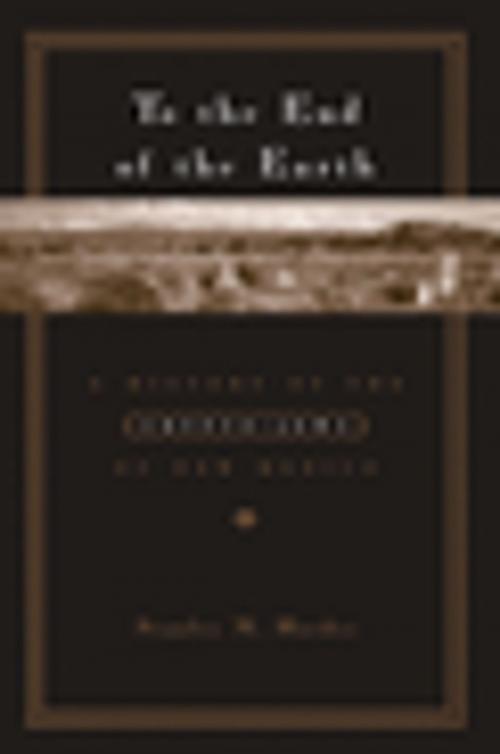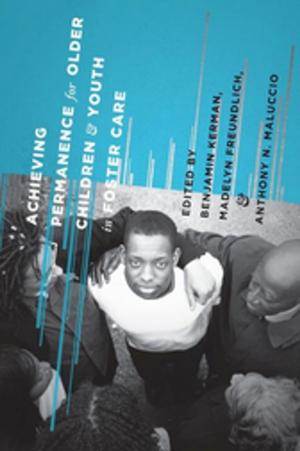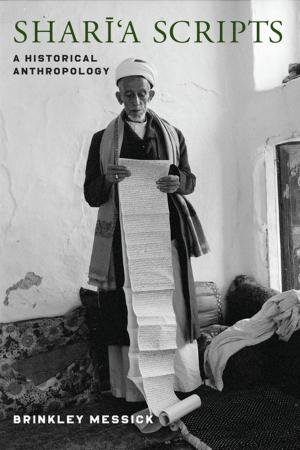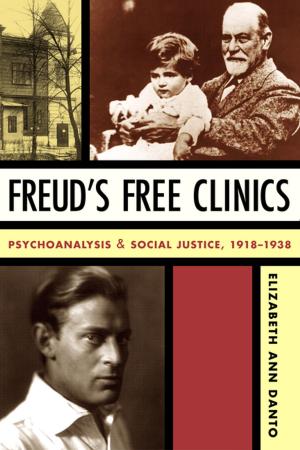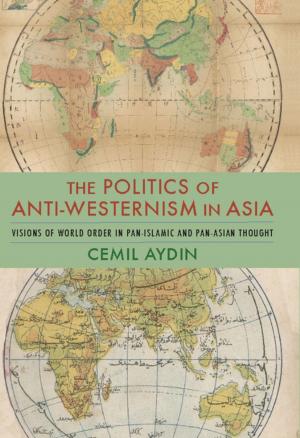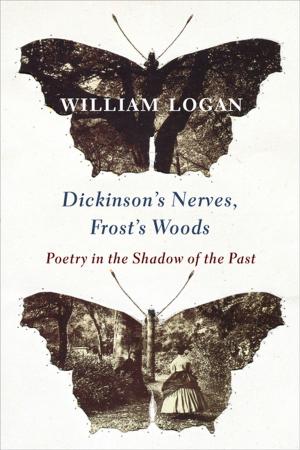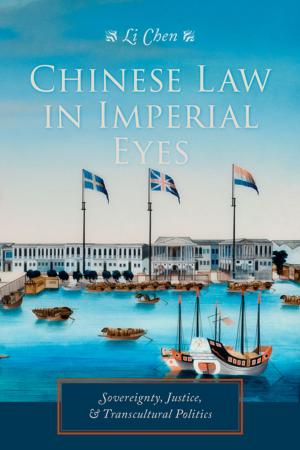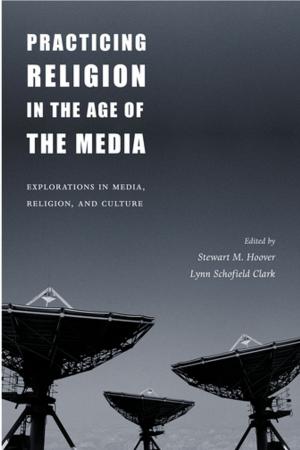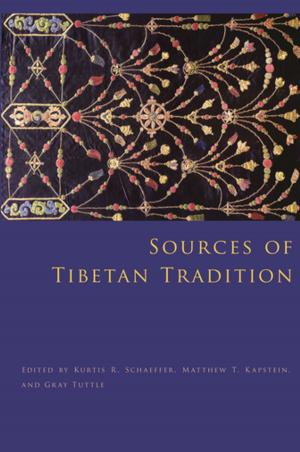To the End of the Earth
A History of the Crypto-Jews of New Mexico
Nonfiction, Religion & Spirituality, Judaism, History, Americas, United States| Author: | Stanley Hordes | ISBN: | 9780231503181 |
| Publisher: | Columbia University Press | Publication: | August 30, 2005 |
| Imprint: | Columbia University Press | Language: | English |
| Author: | Stanley Hordes |
| ISBN: | 9780231503181 |
| Publisher: | Columbia University Press |
| Publication: | August 30, 2005 |
| Imprint: | Columbia University Press |
| Language: | English |
In 1981, while working as New Mexico State Historian, Stanley M. Hordes began to hear stories of Hispanos who lit candles on Friday night and abstained from eating pork. Puzzling over the matter, Hordes realized that these practices might very well have been passed down through the centuries from early crypto-Jewish settlers in New Spain. After extensive research and hundreds of interviews, Hordes concluded that there was, in New Mexico and the Southwest, a Sephardic legacy derived from the converso community of Spanish Jews.
In To the End of the Earth, Hordes explores the remarkable story of crypto-Jews and the tenuous preservation of Jewish rituals and traditions in Mexico and New Mexico over the past five hundred years. He follows the crypto-Jews from their Jewish origins in medieval Spain and Portugal to their efforts to escape persecution by migrating to the New World and settling in the far reaches of the northern Mexican frontier.
Drawing on individual biographies (including those of colonial officials accused of secretly practicing Judaism), family histories, Inquisition records, letters, and other primary sources, Hordes provides a richly detailed account of the economic, social and religious lives of crypto-Jews during the colonial period and after the annexation of New Mexico by the United States in 1846. While the American government offered more religious freedom than had the Spanish colonial rulers, cultural assimilation into Anglo-American society weakened many elements of the crypto-Jewish tradition.
Hordes concludes with a discussion of the reemergence of crypto-Jewish culture and the reclamation of Jewish ancestry within the Hispano community in the late twentieth century. He examines the publicity surrounding the rediscovery of the crypto-Jewish community and explores the challenges inherent in a study that attempts to reconstruct the history of a people who tried to leave no documentary record.
In 1981, while working as New Mexico State Historian, Stanley M. Hordes began to hear stories of Hispanos who lit candles on Friday night and abstained from eating pork. Puzzling over the matter, Hordes realized that these practices might very well have been passed down through the centuries from early crypto-Jewish settlers in New Spain. After extensive research and hundreds of interviews, Hordes concluded that there was, in New Mexico and the Southwest, a Sephardic legacy derived from the converso community of Spanish Jews.
In To the End of the Earth, Hordes explores the remarkable story of crypto-Jews and the tenuous preservation of Jewish rituals and traditions in Mexico and New Mexico over the past five hundred years. He follows the crypto-Jews from their Jewish origins in medieval Spain and Portugal to their efforts to escape persecution by migrating to the New World and settling in the far reaches of the northern Mexican frontier.
Drawing on individual biographies (including those of colonial officials accused of secretly practicing Judaism), family histories, Inquisition records, letters, and other primary sources, Hordes provides a richly detailed account of the economic, social and religious lives of crypto-Jews during the colonial period and after the annexation of New Mexico by the United States in 1846. While the American government offered more religious freedom than had the Spanish colonial rulers, cultural assimilation into Anglo-American society weakened many elements of the crypto-Jewish tradition.
Hordes concludes with a discussion of the reemergence of crypto-Jewish culture and the reclamation of Jewish ancestry within the Hispano community in the late twentieth century. He examines the publicity surrounding the rediscovery of the crypto-Jewish community and explores the challenges inherent in a study that attempts to reconstruct the history of a people who tried to leave no documentary record.
